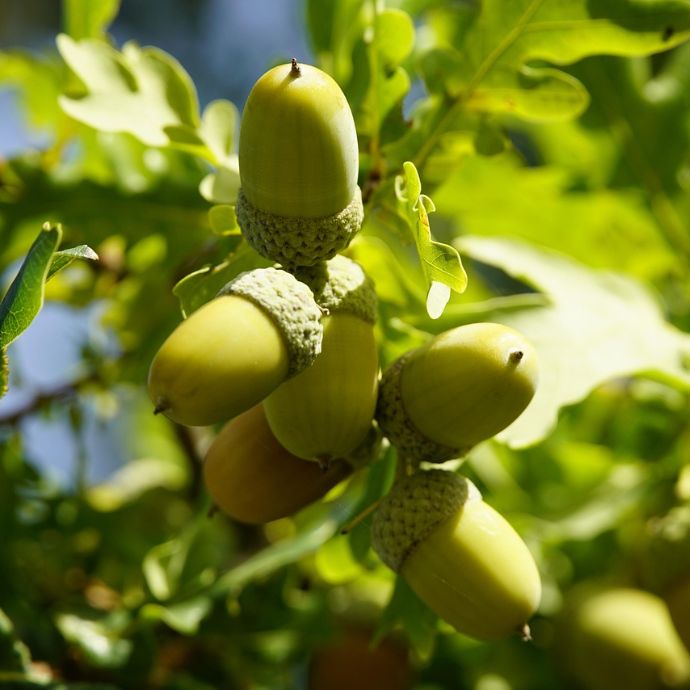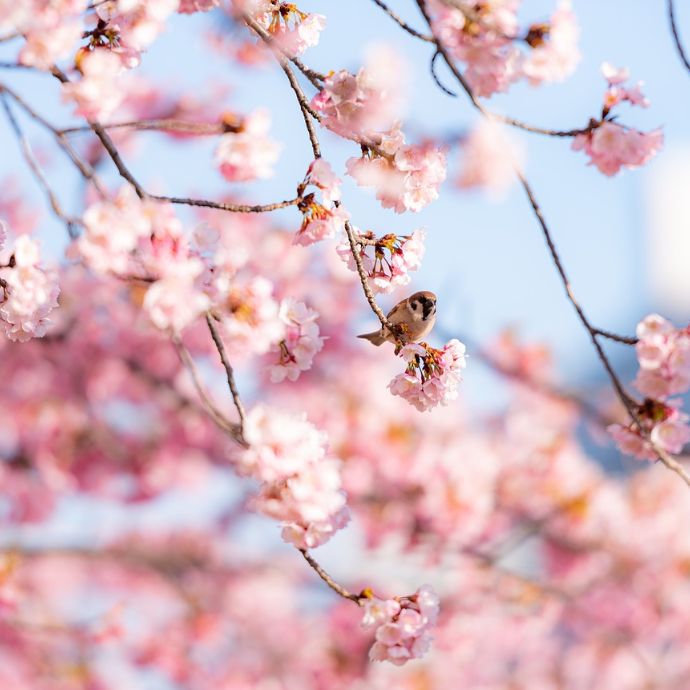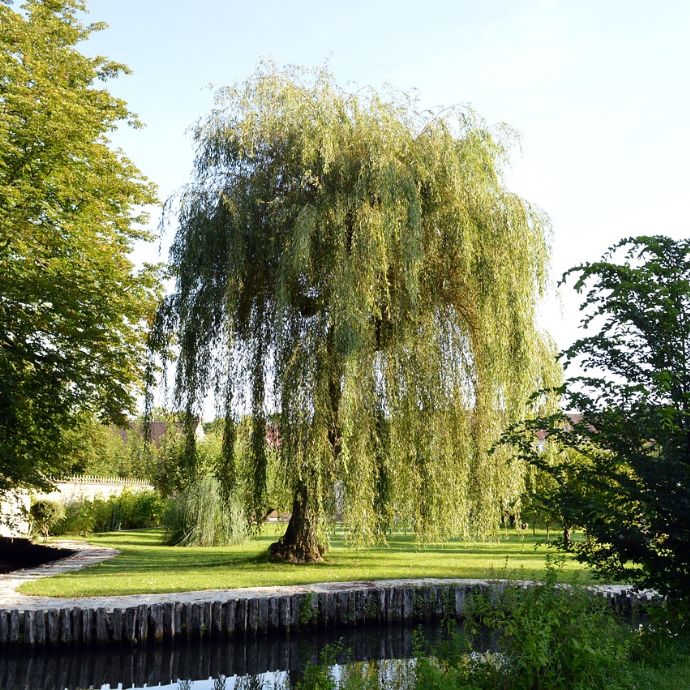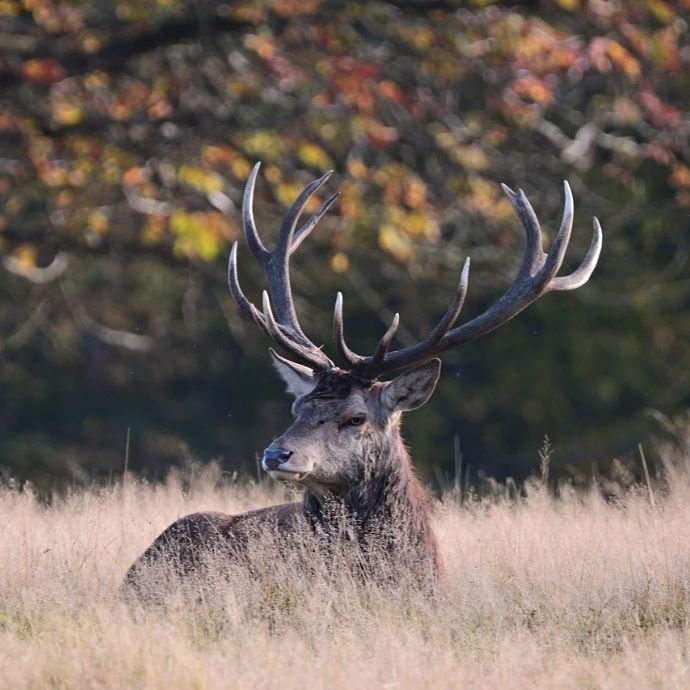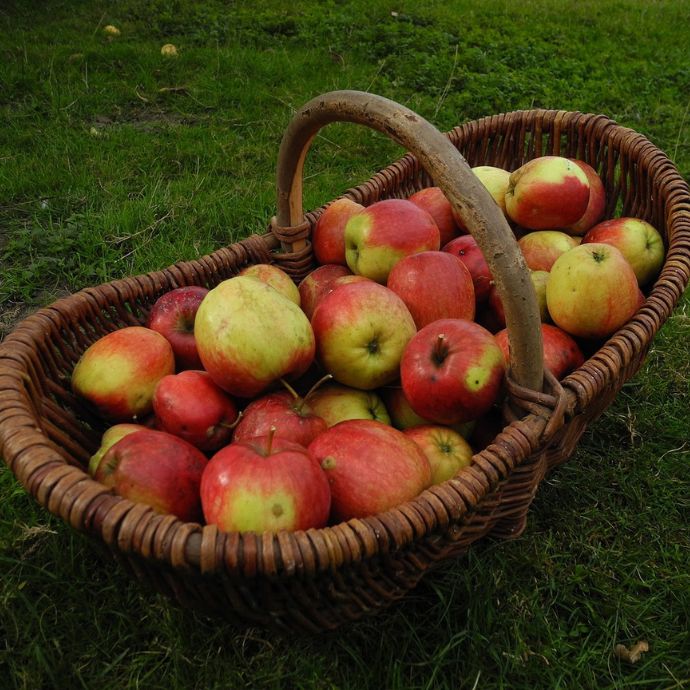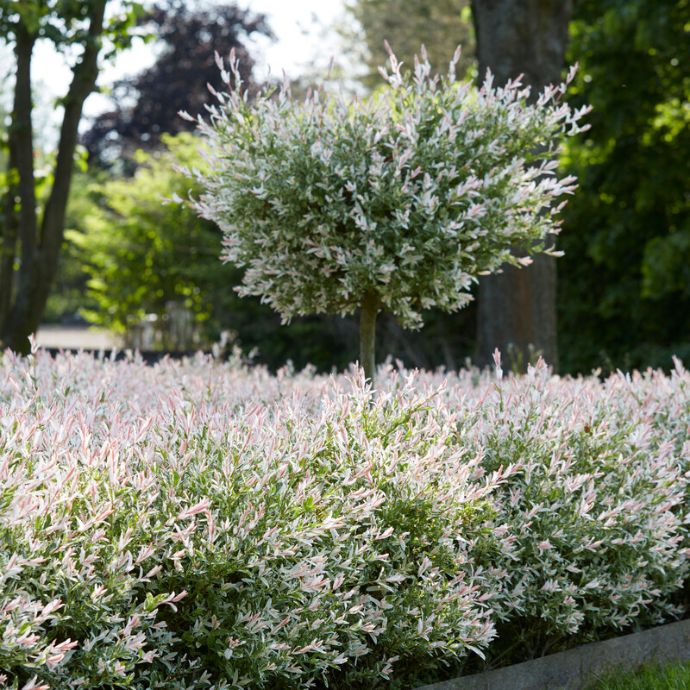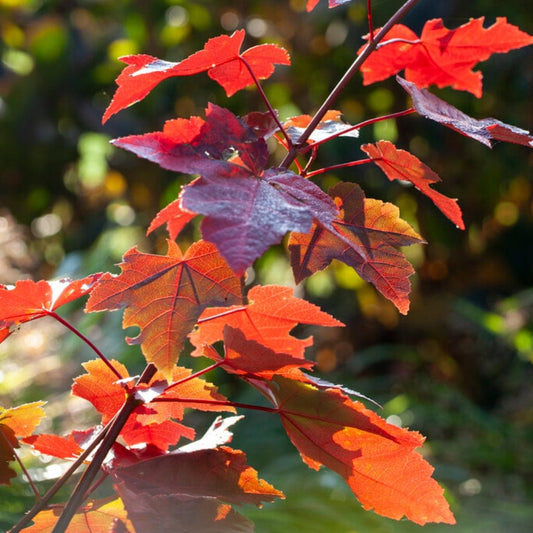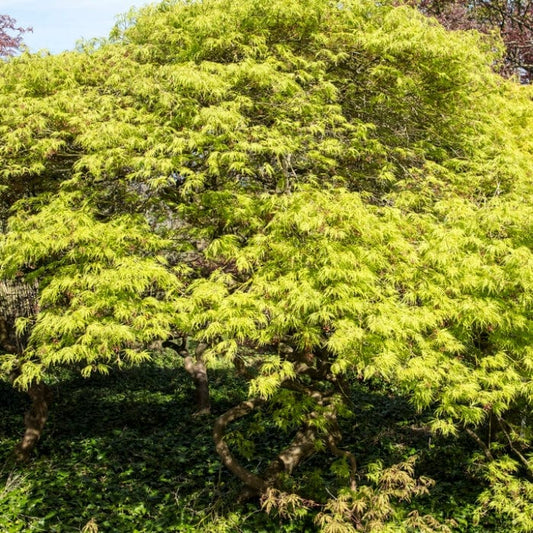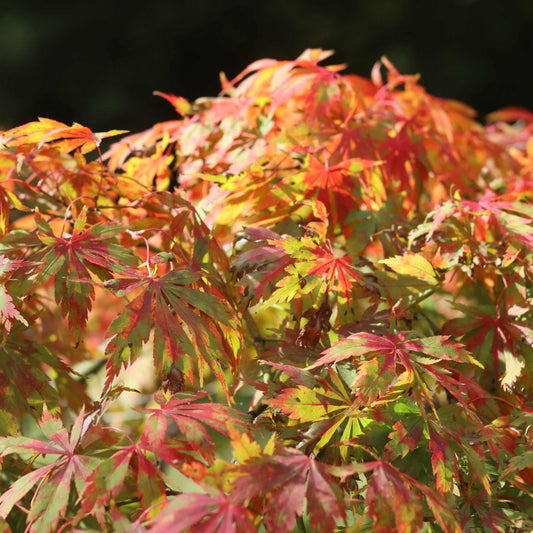Pruning Acers: The Complete Guide
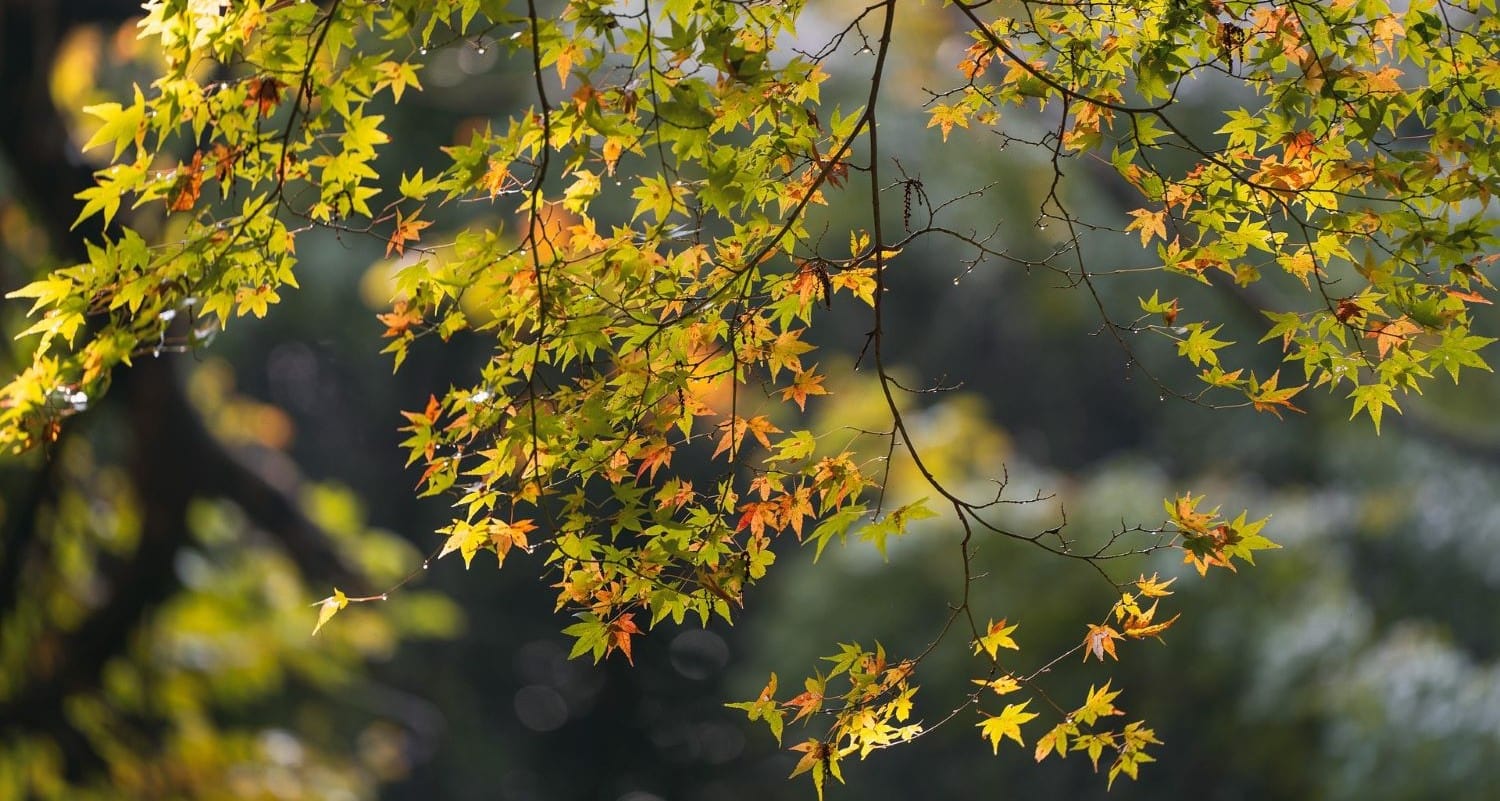
Acer trees (or Japanese Maples) are compact, low-maintenance trees which generally need very little pruning. Sometimes, however, some basic pruning is needed for health, shape or size. When they do need a trim, there are a few things you need to know. The general thing to remember is to prune them between November and January, use clean tools and remember that, with acers, less is often more. Read on for more detail about when, why and how to start pruning acers like a pro.
Jump to:
- When to prune
- Why prune acers?
- How to prune
- Tools
- Pruning for health
- Pruning for shape
- Pruning for size
- In a nutshell
When should you prune acers?
The golden rule when pruning an acer is to do it only when the tree is dormant. This means pruning between November and March when the tree is not actively growing, and preferably before the end of January.
Pruning after the leaves have fallen also makes it easier to see the shape of your tree, although you should avoid pruning when the temperature falls below zero, to prevent frost damage. acers are one of the species particularly prone to bleeding sap, so if you prune in spring or summer when the tree is actively growing, it will bleed from the pruning cuts and become weak (or even die).
Why do you need to prune acers?
Strictly speaking, you don’t! Most acer trees will be perfectly happy left to their own devices. However there are several reasons why you might want to carry out acer tree pruning: to shape them, to restrict their size or simply to keep them healthy and well-spaced. If you do choose to prune your acer, it’s important to do it well (and lightly).

How to prune your acer
When pruning your acer, the key is don’t overdo it. It’s best to keep it to a minimum as excessive pruning can weaken the tree - the effect you’re aiming for is a well-shaped tree which doesn’t look like it’s been pruned!
Small acers (max height 4m and under) are best left to grow naturally and only pruned very lightly if at all, to maintain their shape. Larger varieties are also happy to be left alone, but it’s more likely you’ll want to restrict their size or shape them to fit your garden. Here’s how!
Tools
You’ll need a pair of sharp secateurs and for taller trees, some loppers or long handled pruners. If your acer is very large or mature, you may need a pruning saw. It’s very important for all your equipment to be cleaned between trees, to prevent the spread of disease.
1. Pruning for health - the three Ds
If your trees are left to grow naturally and you’re not fussy about size or shape, you’ll only need to do occasional pruning for maintenance and good health. Check them regularly and cut off any dead, diseased or damaged wood - after a severe winter you might see frost-damaged tips which can also be cut off.
For mature acers, you might want to prune out any crossing or overcrowded branches to open up the canopy and let more air through. Mature trees need a good flow of air around the branches in order to prevent the spread of fungal diseases and moulds such as powdery mildew and honey fungus: spacing out your trees well and pruning are the best ways to achieve this.
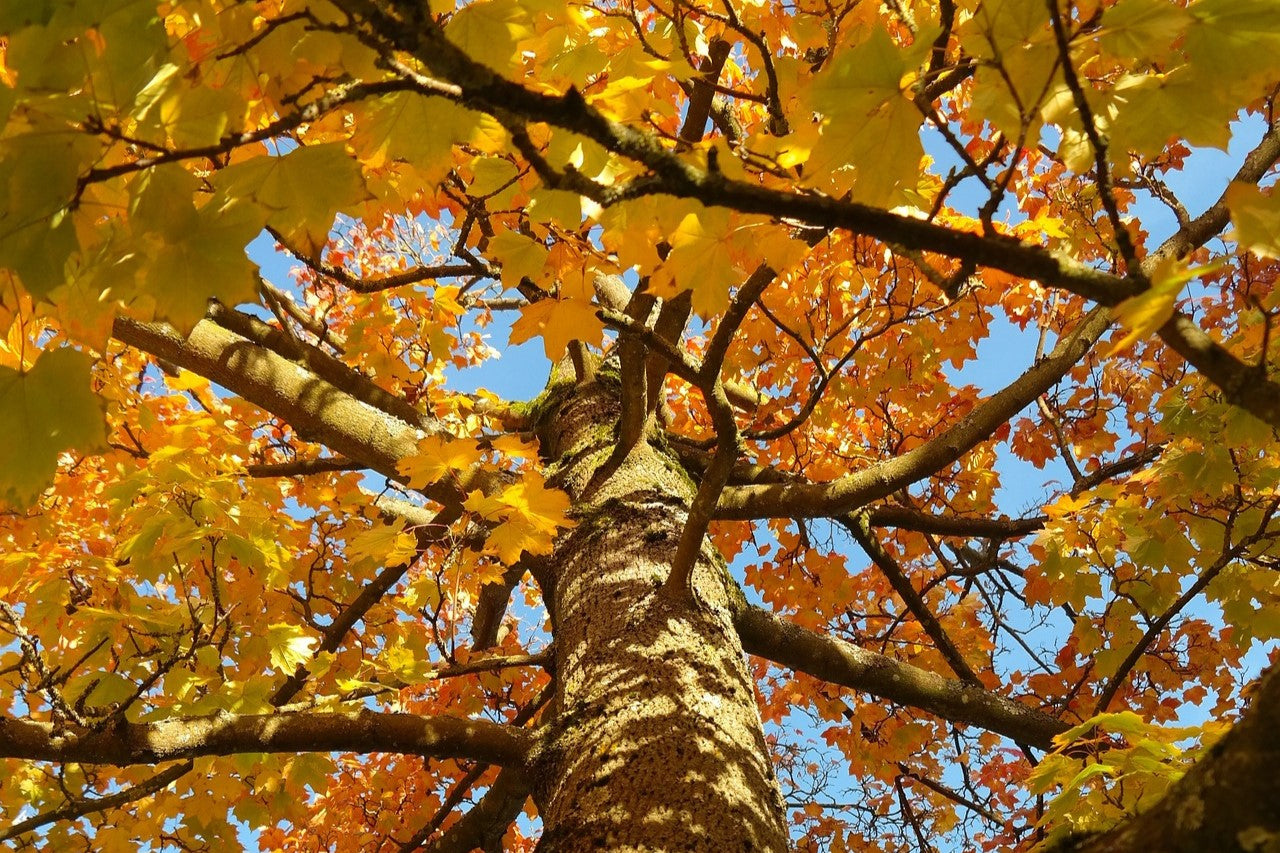
2. How to prune acers for shape
Roots trees are professionally pruned before being sent to you, to make sure the young tree grows into a well formed specimen. As the tree matures, or if you already have a mature acer, you may wish to do a little pruning to improve the shape. You should aim to emphasise the tree’s natural form - that distinctive dome shape - but don’t be too rigid with this, as acers usually look best when they’re allowed to grow naturally.
The branches you want to trim are any small or new ones that stick out at strange angles or cross each other. Clip back these small branches right to the main branch. After each cut, look at your tree again to see how it’s shaping up - and don’t put anything such as tar or paint over the cuts - they will cover over and heal by themselves.

3. Pruning to restrict size
Another reason to prune acers is to keep them compact and the right size for your garden. If you’re choosing a new acer and don’t have a huge garden, try to go for a smaller variety - Japanese acers are typically quite slow growing so they’re a great choice for small spaces.
All acers should be left unpruned for at least their first year while they are getting established. If you do need to reduce the height or width of an established acer (from its second winter) you shouldn’t need to do more than pruning out any dead or damaged shoots and trimming the main shoots back a little.
In the third winter you can prune out some lower growing branches to create a clearer trunk and remove any shoots growing into the centre of the tree to prevent overcrowding.
With older, larger maple trees, it’s OK to remove up to a third of the canopy, although it’s best for the tree’s health to stagger this process over a few years if you can. Smaller acers should be trimmed much more sparingly - as a general rule don’t remove more than a quarter of any branch or a fifth of the canopy.
Pruning acers in a nutshell
- Only prune your acers from November to January.
- Keep your tools sharp and clean.
- Less is more! Keep acer pruning to a minimum.
Last updated: 16/10/2025




